Description
Please note this is a complete 9 car train but one car is not deluxe. The Super Dome is a non deluxe car without lights.
Railroad Short Name: MILW
Autumn leaves weren’t the only things changing color in the fall of 1955, as the Milwaukee became Union Pacific’s Chicago-Omaha link for the famed City Domeliners. UP mandated all cars match theirs, and the Milwaukee painted some 40 cars in yellow, gray and red. Easier to clean and maintain, the Milwaukee quickly began shopping cars in Hiawatha service, which were then upgraded with new trucks with disc brakes and notched side sills directly above for easier access, fixed steps to speed station stops, and new end lift rings and improved diaphragms. Reflecting these many changes, as well as the removal of the Tap Lounge in this era, this nine-car set features the bold new scheme and over 150 Preiser figures aboard the following exclusive cars:
63′ Milwaukee Road Railway Post Office #2152
75′ Milwaukee Road Express Car #1318 (single window doors)
85′ Milwaukee Road 52-Seat Coach #501
85′ Milwaukee Road 52-Seat Coach #513
85′ Milwaukee Road 52-Seat Coach #540
85′ Milwaukee Road 52-Seat Coach #543
85′ Milwaukee Road 48-Seat Diner #122
85′ Milwaukee Road Skytop Lounge “Cedar Rapids”
- Limited-Run Deluxe Edition Cars w/Factory-Installed LED Interior Lighting & Preiser Passenger Figures
- Prototypically Accurate Window Tinting as Appropriate
- All Grab Irons Factory Installed
- Car Name & Number Decals
- Proto MAX™ Metal Knuckle Couplers
- Correct Trucks with RP-25 Metal Wheels
PLEASE NOTE: As these cars are the correct prototype length and feature full underbody detail to match the prototypes, a minimum 24″ radius is recommended for operation.
Non Deluxe Car
85′ Pullman-Standard Super Dome #55
- Prototypically Accurate Window Tinting as Appropriate
- All Grab Irons Factory Installed
- Car Name & Number Decals
- Proto MAX™ Metal Knuckle Couplers
- Correct Trucks with RP-25 Metal Wheels
PLEASE NOTE: As these cars are the correct prototype length and feature full underbody detail to match the prototypes, a minimum 24″ radius is recommended for operation.
History
For nearly 40 years, the 400 miles (640k) of track between Chicago and the Twin Cities was one of the most hotly contested passenger routes in all of American railroading. Providing business travelers with state-of-the-art, high-speed service – and staying a step ahead of the fierce competition from the CB&Q and the CNW – created the legend that was the Milwaukee Road’s Twin Cities Hiawatha.
Work began on the greatest Hiawatha of them all immediately after WWII, as a collaborative effort between the Milwaukee’s own engineers and famed local industrial designer Brooks Stevens. Entering service in 1948, many of the amenities found only on more expensive overnight runs were standard for the daytime Hiawathas, including plush reclining coach seats and a full diner, while first-class passengers were treated to a traditional parlor and the breathtakingly beautiful Skytop observation-lounges that became the train’s signature cars. As the CB&Q added domes to its Chicago-Twin Cities service, the Milwaukee countered with its new high-level Super Domes in 1953, the only equipment not built in the road’s own shops.
In the fall of 1955, the Milwaukee began operating Union Pacific trains between Chicago-Omaha, and repainted some 40 cars for pool service. Cheaper and more durable, these colors were quickly adopted as the Milwaukee standard. Starting in 1956, cars assigned to Twin Cities Hiawatha service received several upgrades including new trucks with disc brakes, improved diaphragms and notched sidesills, and repainted. In this form, the great train continued running with some adjustments to its consist and schedules through 1971.
Reborn as Amtrak’s Twin Cities Hiawatha from 1972 to 1978, today, its spirit lives on in Amtrak’s daily Chicago-Milwaukee Hiawatha Service over the same route as its famed namesake.

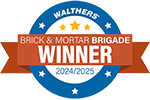
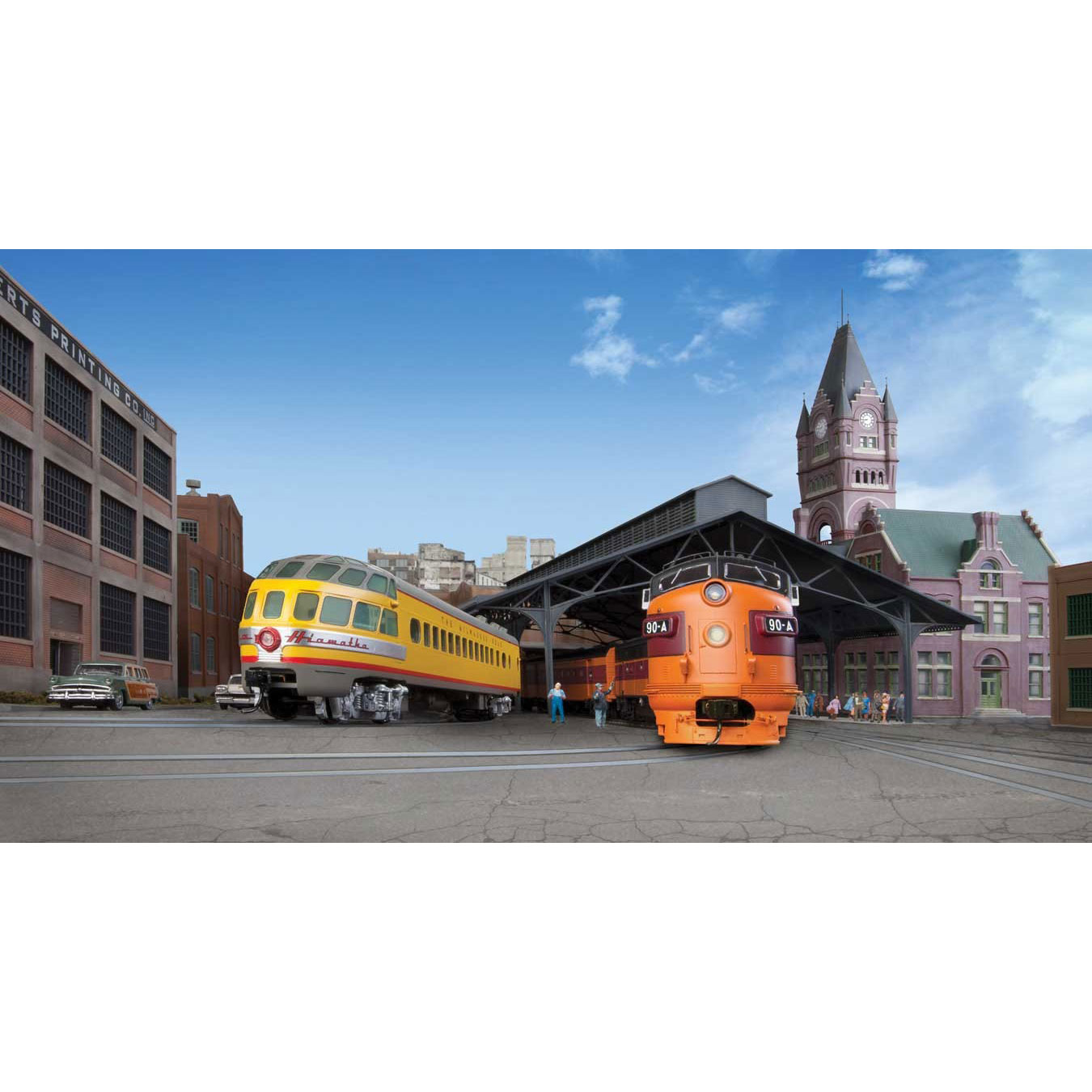
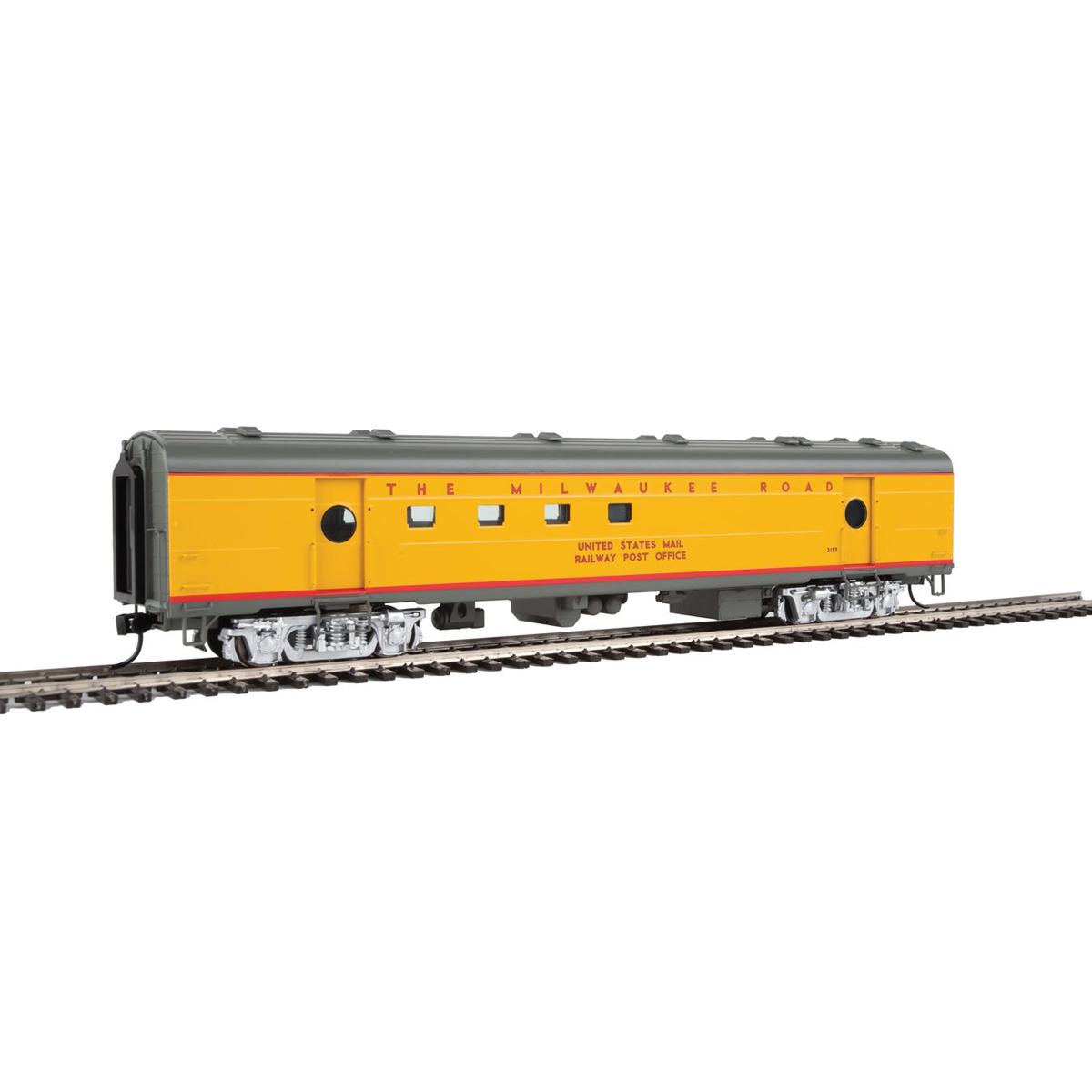

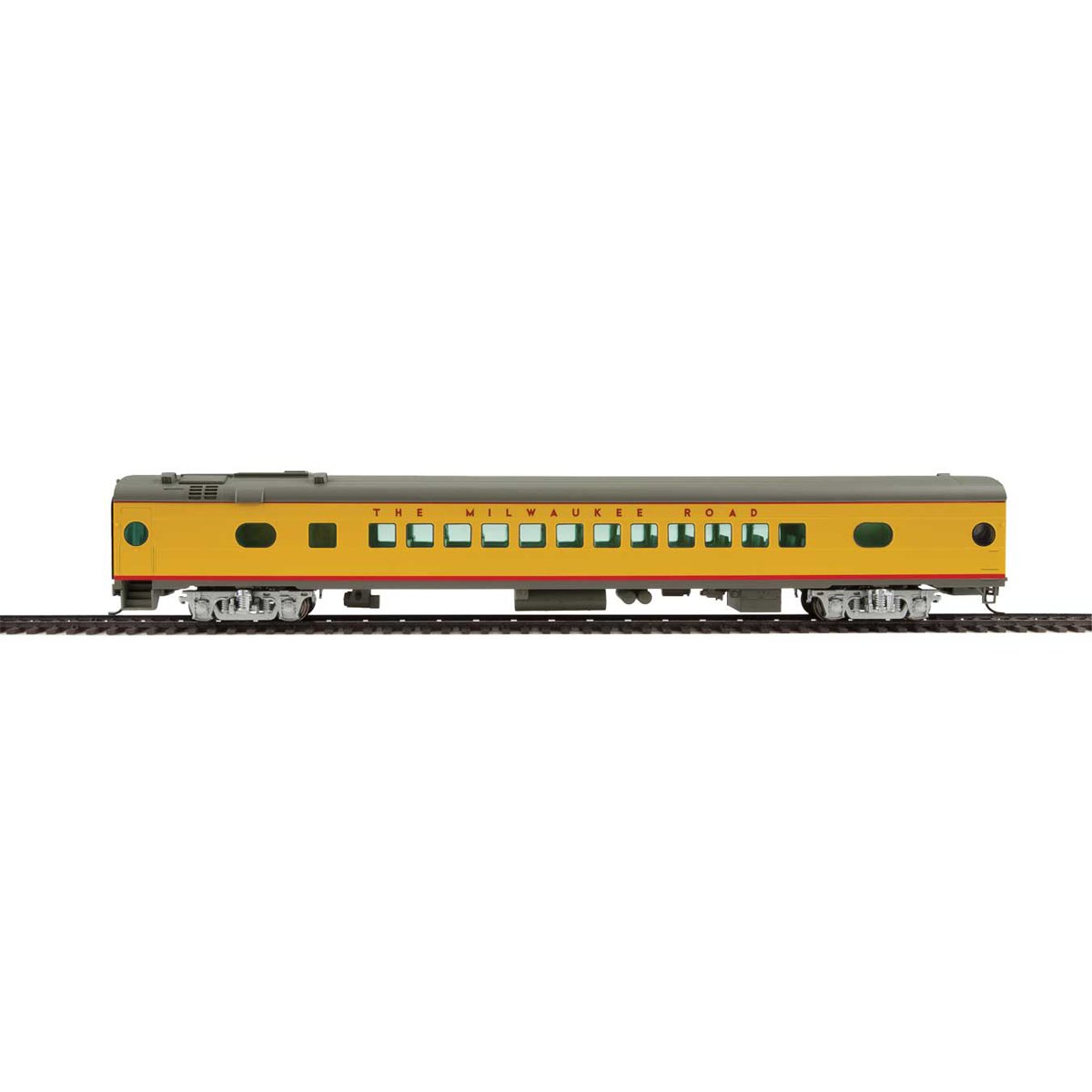
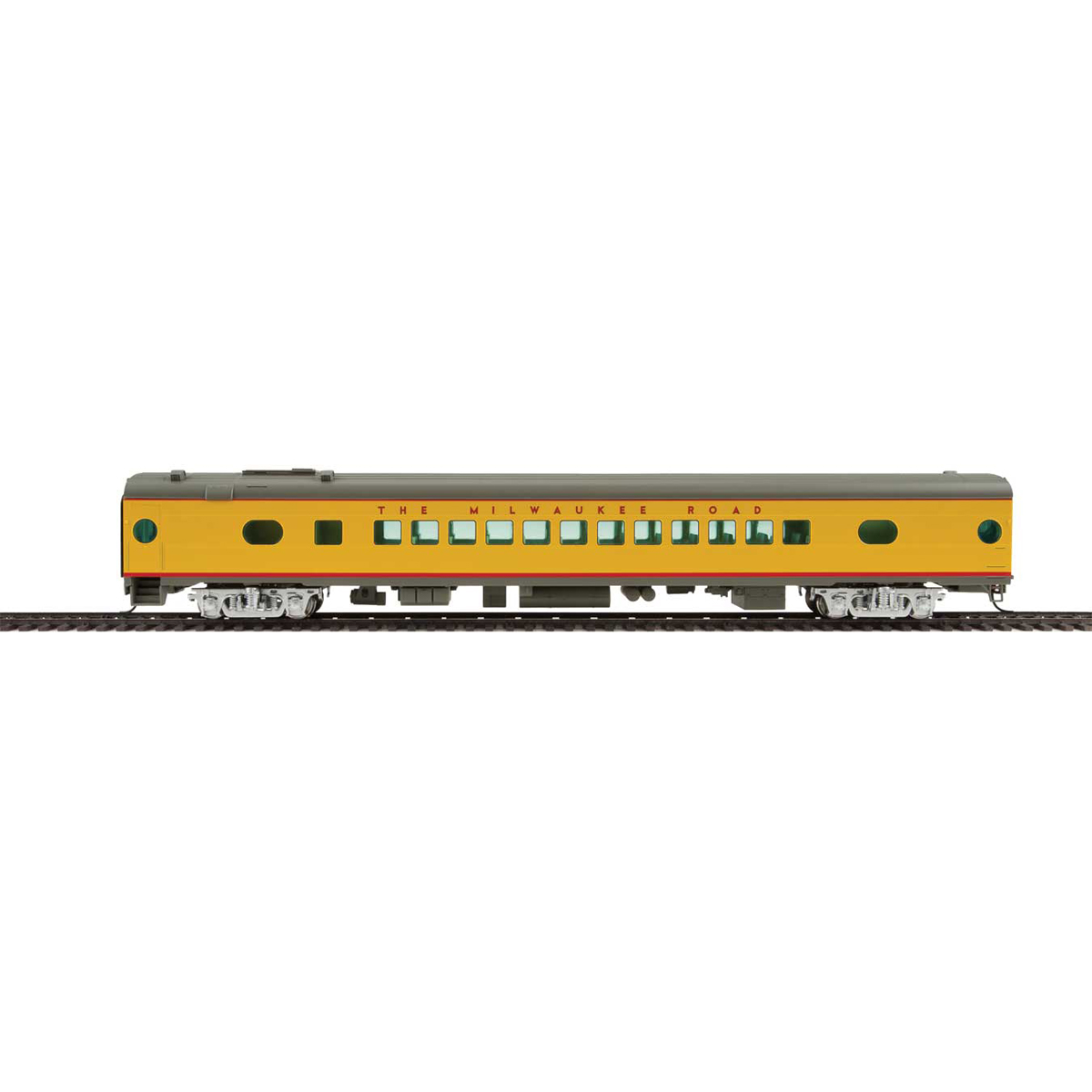
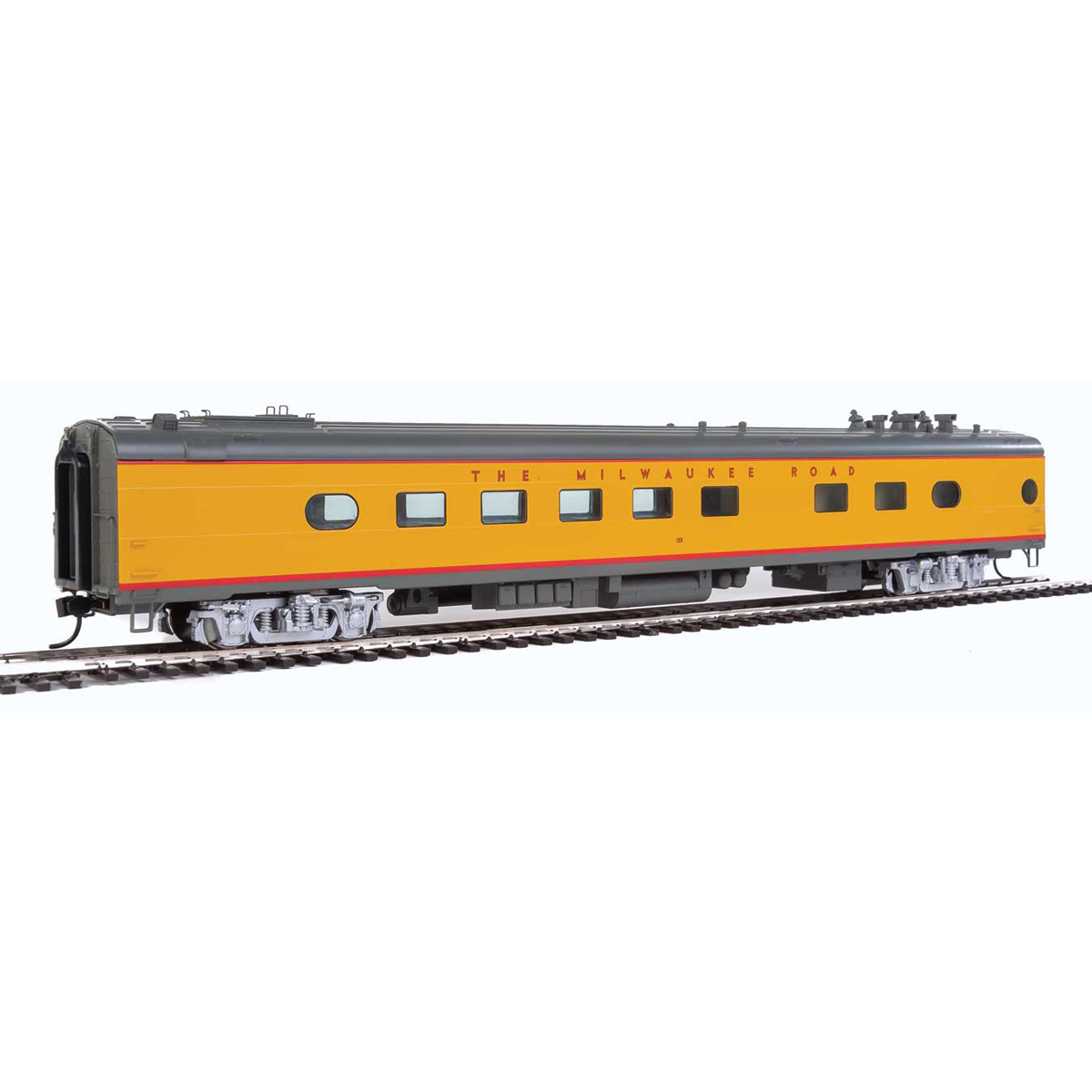

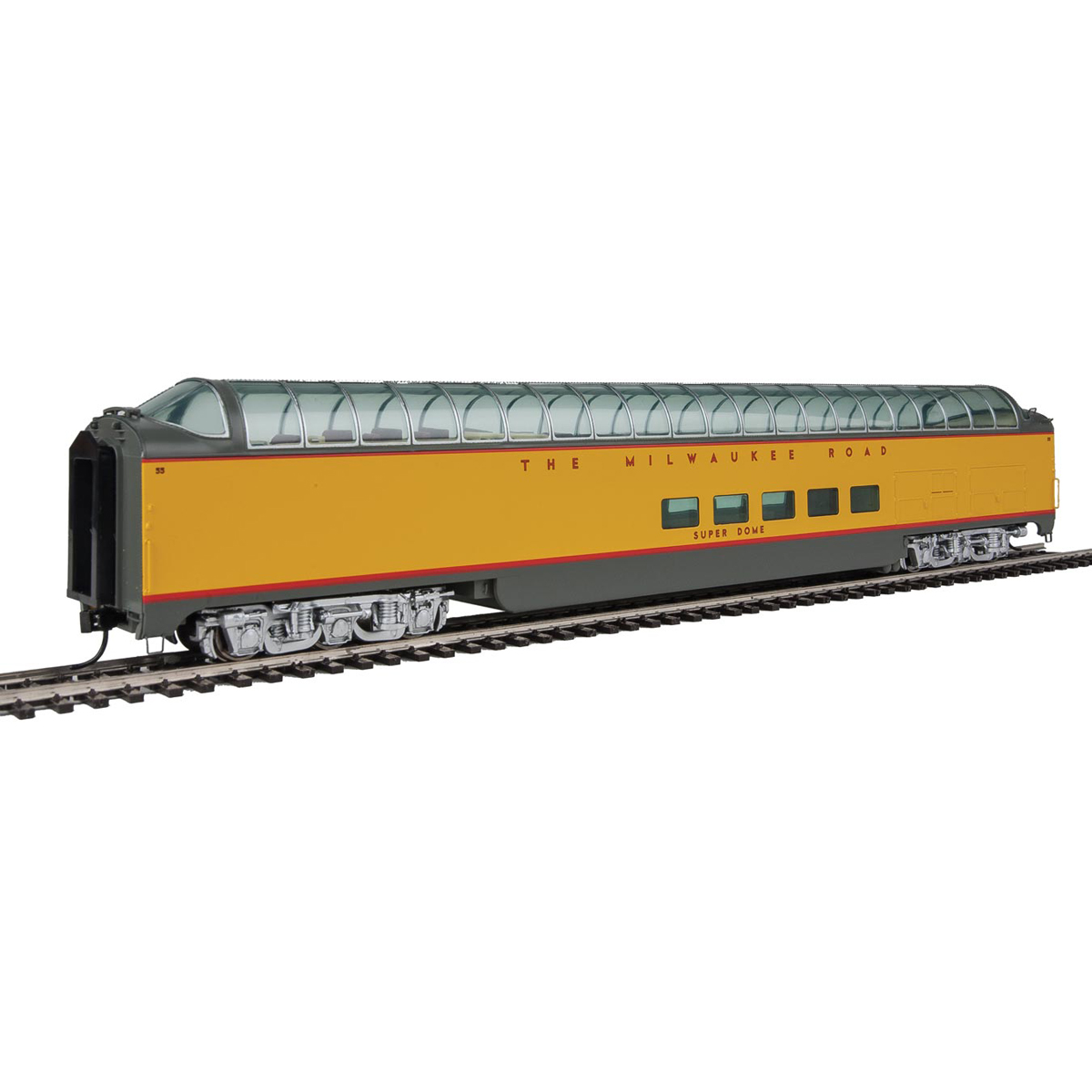

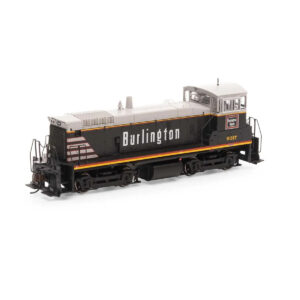
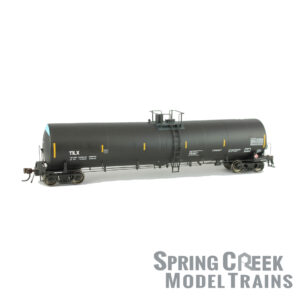

Reviews
There are no reviews yet.